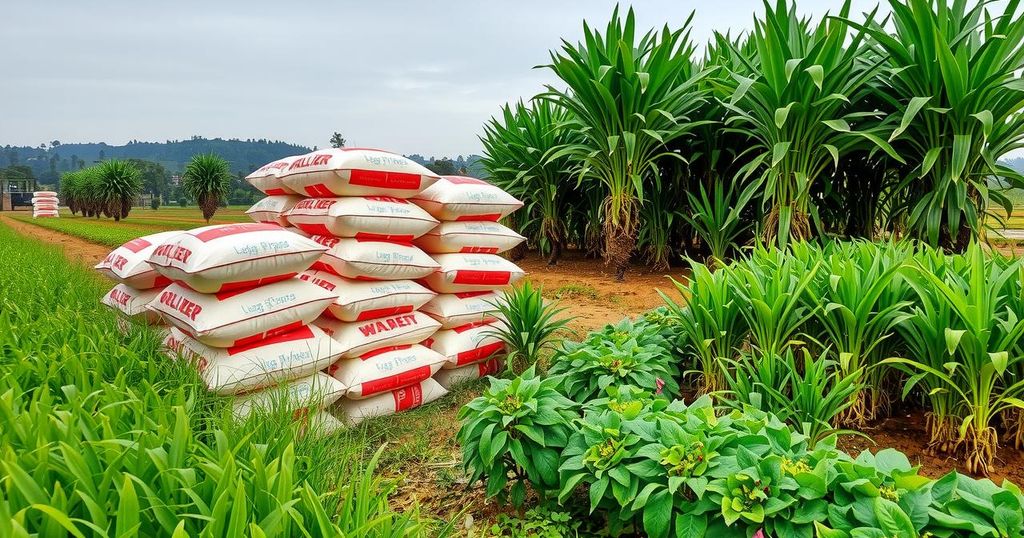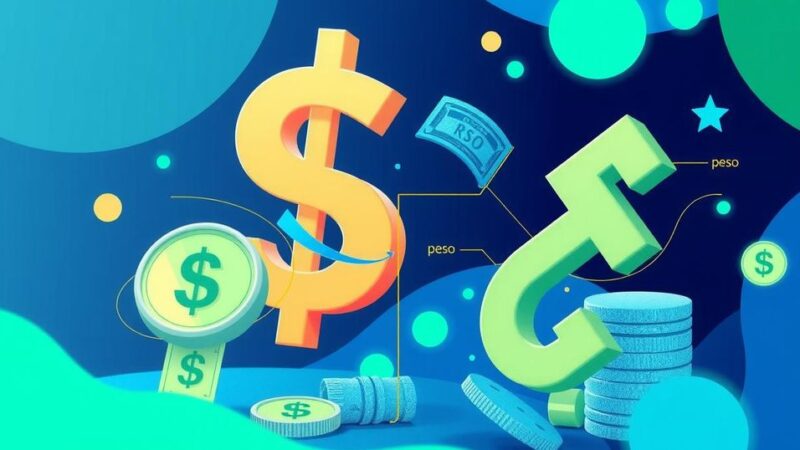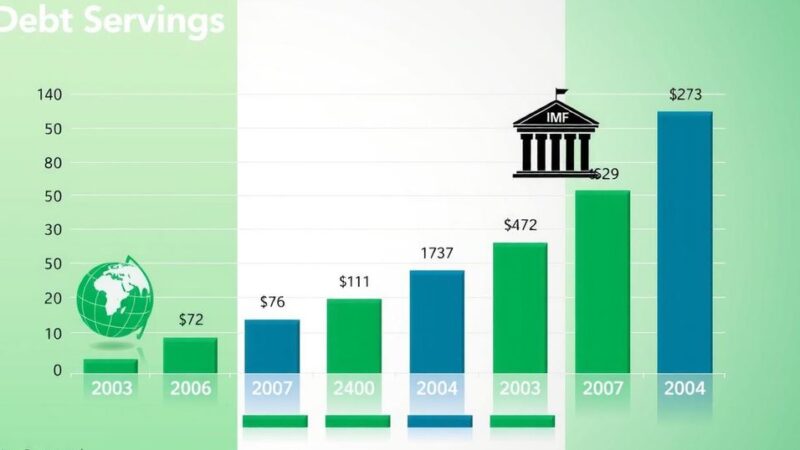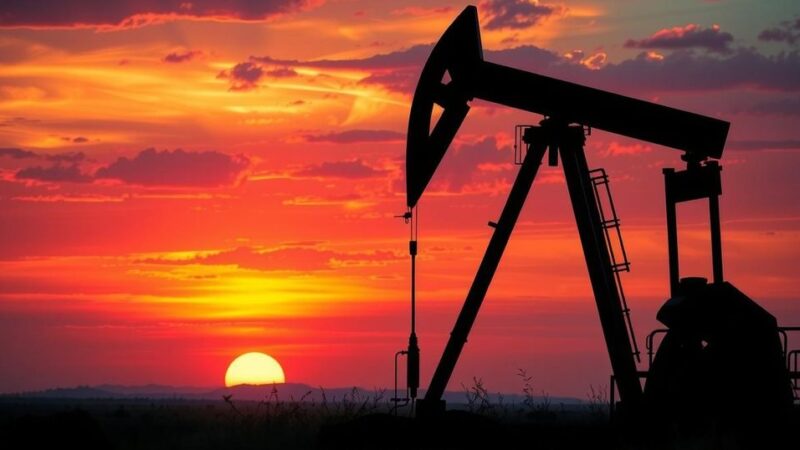Brazil’s fertilizer imports are increasing, propelled by favorable exchange conditions and higher purchasing volumes. Producers have secured a significant percentage of their expected needs for the upcoming crop season, with strategic import decisions being shaped by input prices and market dynamics. The persistence of high phosphate costs is anticipated through 2025, influencing financial planning in the agricultural sector.
Brazil is witnessing a significant uptick in fertilizer imports, an occurrence reminiscent of the 2022 surge following Russia’s invasion of Ukraine. Favorable exchange dynamics between grains and fertilizers have incentivized producers to enhance their import volumes, particularly for the upcoming crop season.
A report by Rabobank indicates that from November 2024 to January 2025, Brazilian producers secured 18% of their anticipated fertilizer needs for the 2025/26 crop season, a stark increase from the 8% recorded in the same timeframe the prior year. Notably, January purchases alone reached 7% of the projected total, compared to 5% a year prior.
Bruno Fonseca, an input analyst at Rabobank, commented on the recent surge in potassium chloride sales, attributing this to attractive pricing and modest growth expectations. Conversely, high costs have led to hesitancy in securing other nutrients, such as phosphorus, indicating that this trend is likely to continue for an extended period.
The consulting firm Argus has also reported a marked increase in imports of monoammonium phosphate (MAP), crucial for soybean, corn, and wheat cultivation. In January, MAP imports soared to 283,300 tonnes, almost doubling the 144,100 tonnes imported in January 2024.
Argus projects a continued rise in imports, albeit strategically based on the competitiveness of input prices. This approach allows importers to navigate exchange rate fluctuations, which significantly influence foreign fertilizer procurement decisions.
In addition, the anticipated increase in imports of single superphosphate (SSP) is noteworthy, as it is expected to become a more cost-effective alternative to MAP for soybean farming. Argus forecasts a potential rise of 18% to 23% in SSP imports due to its favorable exchange ratio compared to other fertilizers in the Brazilian market.
Producers are swiftly capitalizing on the advantageous exchange conditions, already locking in prices for the 2025/26 soybean crop to leverage the dollar’s exchange rate. Luiz Pedro Bier, vice president of Aprosoja Mato Grosso, remarked on the impact of the strong dollar on revenue from grain exports despite lower soybean prices on the Chicago Board of Trade, stating that it increases input costs significantly.
Industry insiders note that producers are actively seeking optimal purchasing conditions for their inputs. Cooperatives are implementing proactive strategies, providing lucrative opportunities to farmers for fertilizer purchases ahead of the second crop planting season. The replenishment of input retailers is contingent on a decrease in the dollar’s exchange rate.
Experts predict that high phosphate costs and tight margins are likely to persist through 2025, influencing financial strategies across the agricultural supply chain.
In summary, Brazil’s fertilizer imports are on the rise, reflecting favorable conditions for producers to secure essential inputs for the upcoming crop season. With strategic purchasing approaches influenced by price competitiveness and exchange rate fluctuations, industry stakeholders are adapting to ensure they maintain profitability in challenging market conditions. The ongoing trends indicate that high input costs will influence the agricultural landscape significantly in 2025.
Original Source: valorinternational.globo.com






